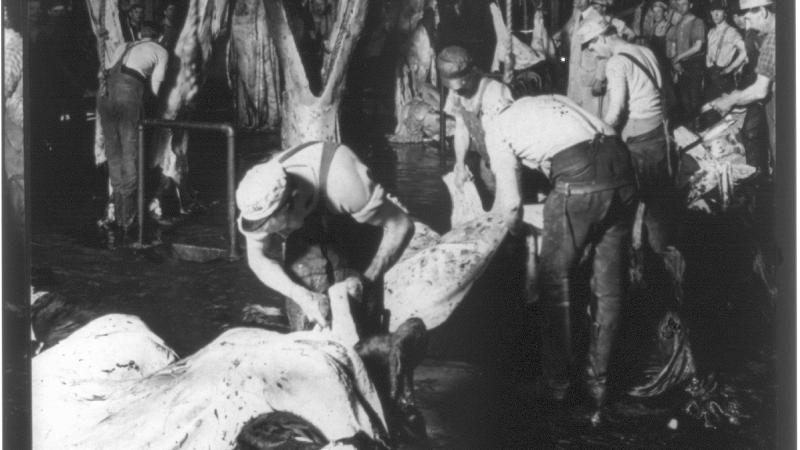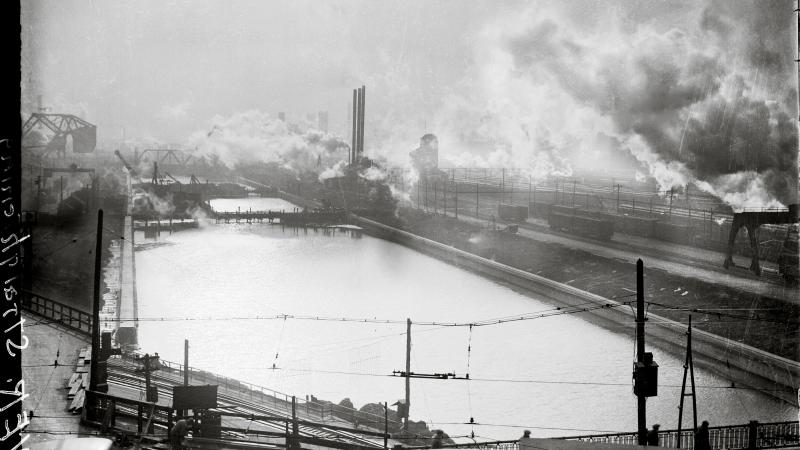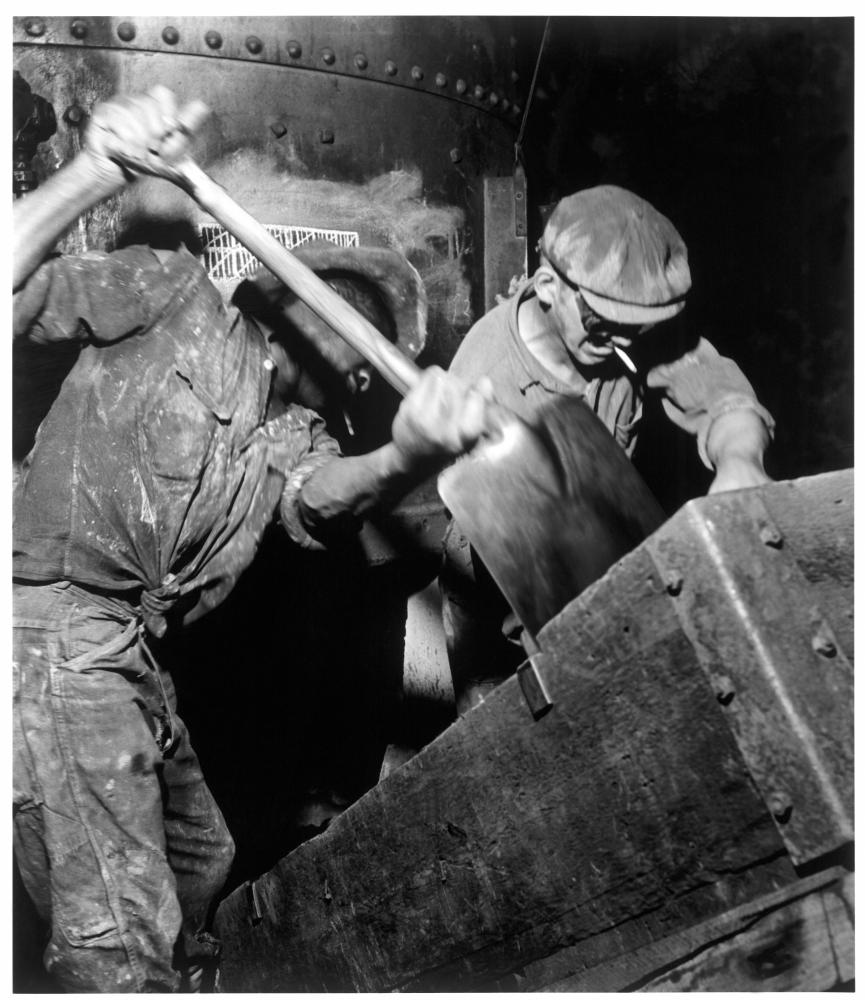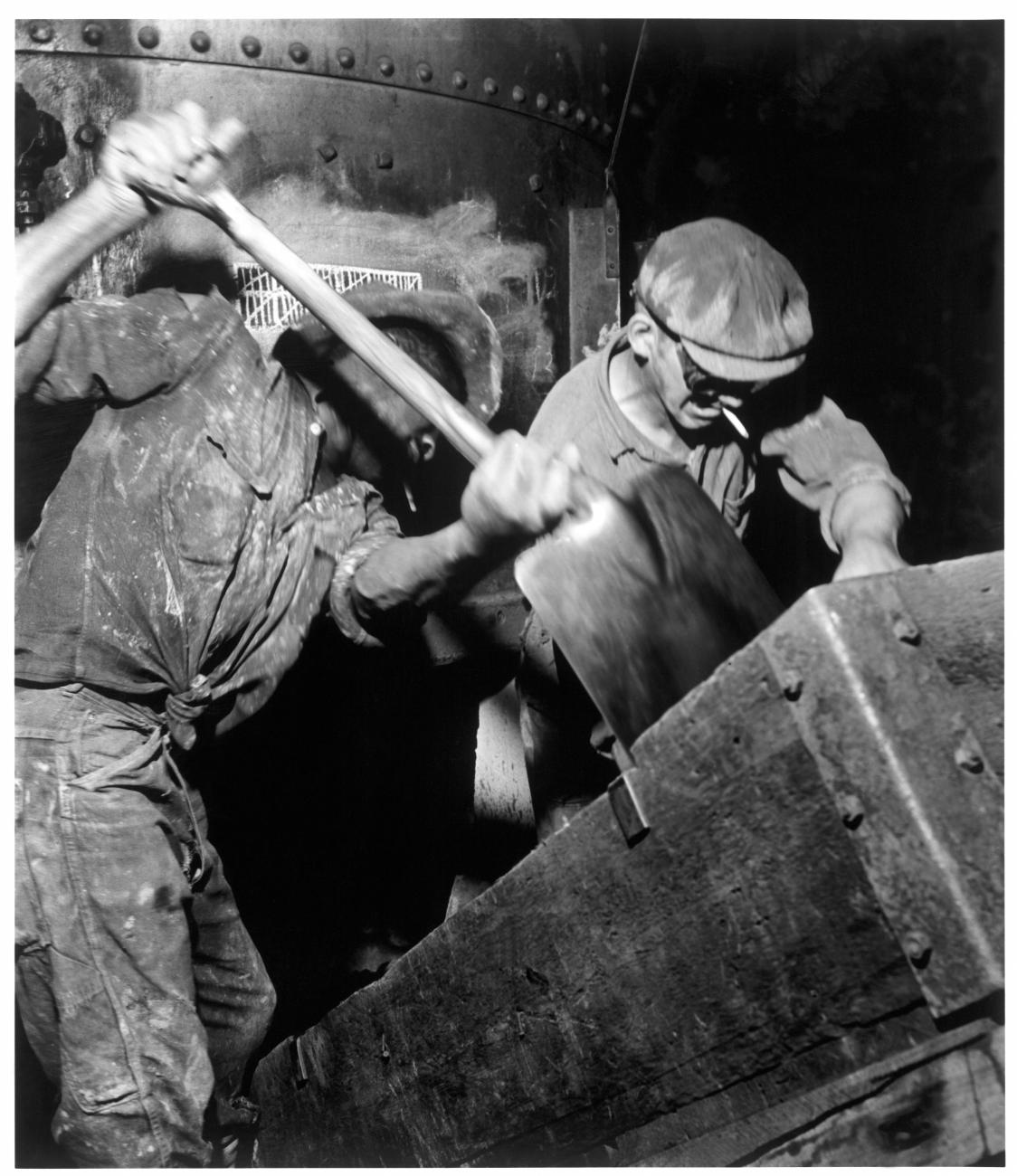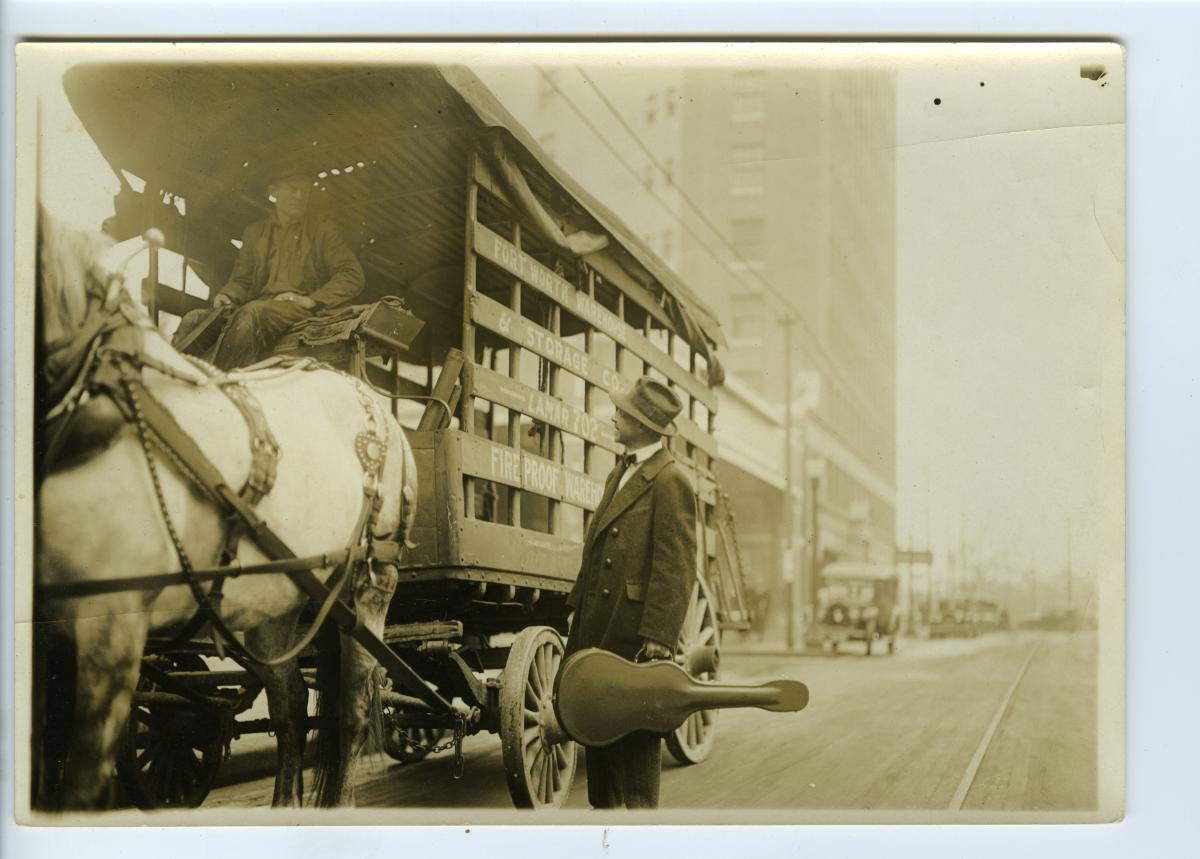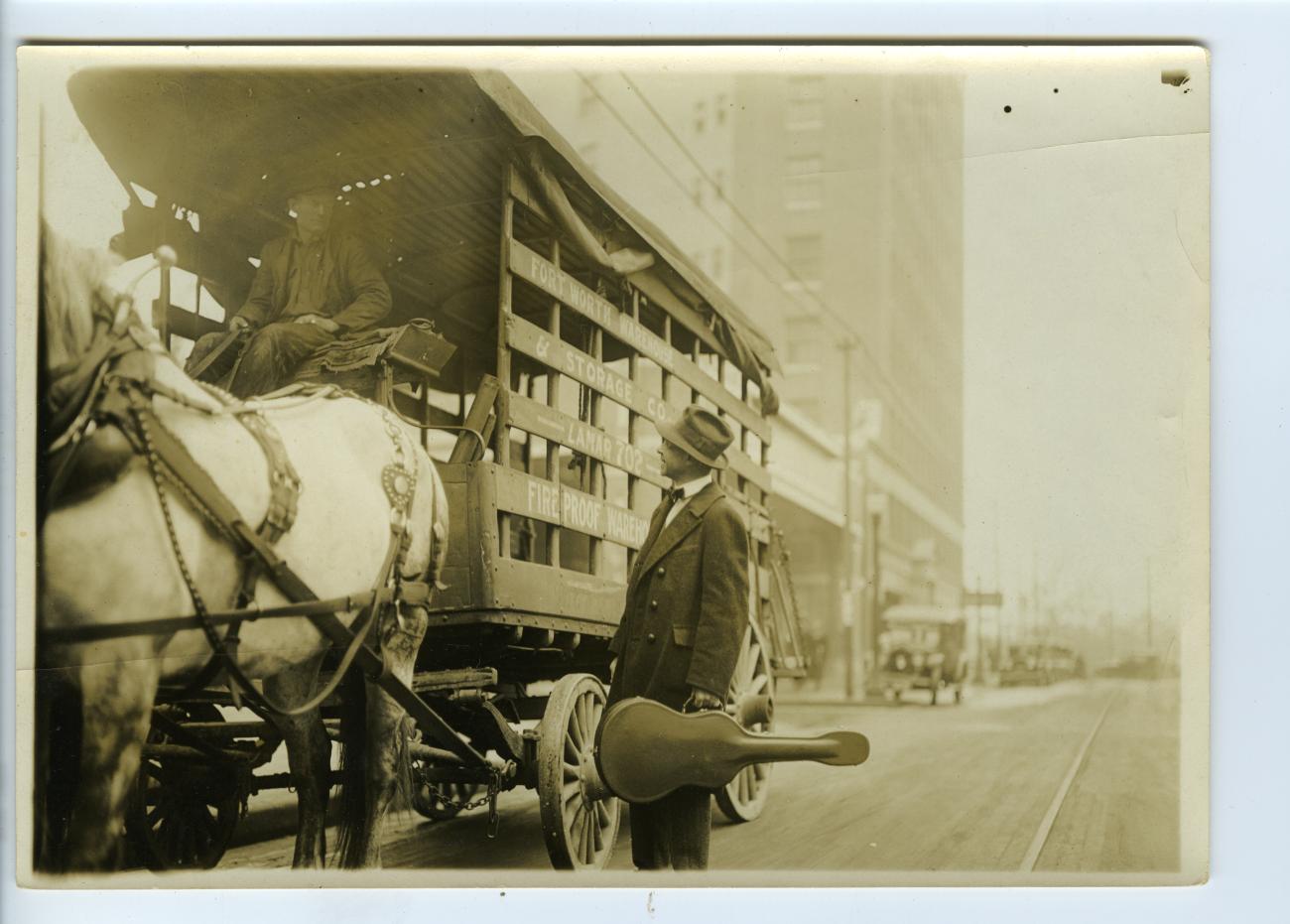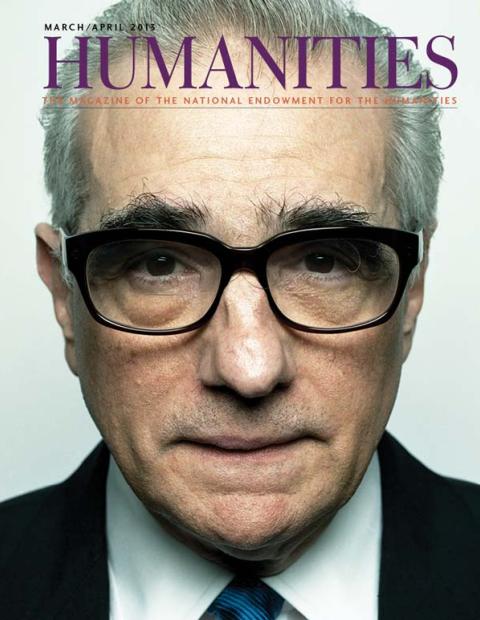American poetry, whatever its other virtues, has seldom promised a path to fame and fortune. One lively exception was the work of Carl Sandburg, who achieved a celebrity before his death in 1967 that seemed more typical of a Hollywood screen legend or a Hall of Fame athlete.
In a bristling assessment of the poet’s career, literary commentator Joseph Epstein has summarized Sandburg’s A-list status in his era’s popular culture: “Carl Sandburg is the only American poet ever asked to address Congress, a date he was able to fit into his crowded schedule in 1959. He also appeared on the Ed Sullivan Show, the Texaco Hour(with Milton Berle), the early Today Show (with Dave Garroway), and See It Now, where he was interviewed by Edward R. Murrow. Sandburg once wrote a poem to which, on television, Gene Kelly danced.The house in which he was born was preserved as a memorial to him when he was still alive.”
But since his death, Sandburg’s stock has fallen. In Pertinent Players, a 1993 collection of critical essays, Epstein concluded that Sandburg is “a poet not so much forgotten as scarcely any longer read.”
But despite a diminished profile in the years since his passing, Sandburg continues to claim a place in American letters. His poetry remains in print, along with a good bit of his prose. The house where he was born in Galesburg, Illinois, is a local shrine, and the North Carolina home where Sandburg spent the final years of his life is operated as a historic site by the National Park Service. The Day Carl Sandburg Died, a recent public television documentary, argues for Sandburg’s abiding relevance in American culture. Back in Galesburg, plans are underway to erect a statue depicting the poet beside one of his family’s Nubian goats in the town square.
The monument, if realized, may possibly be the first known instance of a man of letters memorialized alongside a head of livestock, but, then again, Sandburg had a flair for eccentricity and paradox. He was a self-proclaimed socialist who achieved considerable wealth, a champion of Lincoln who took up residence in the former estate of a Confederate cabinet member, and an early advocate of urban realism who moved to the country and helped his wife raise champion goats.
Sandburg enjoyed unrivaled appeal as a poet in his day, perhaps because the breadth of his experiences connected him with so many strands of American life. Poet and performer, biographer and lecturer, salesman and singer, political activist and freewheeling newspaperman, Sandburg seemed to be everywhere and do everything, creating a personal narrative that captured the public imagination and made him a natural media figure.
He was born on January 6, 1878, the son of parents who had come from Sweden. Carl’s father, a manual laborer, discouraged his son’s interest in book learning, but his mother sensed Sandburg’s possibilities and cheered his education. Sandburg’s origins in an immigrant household where both Swedish and English were used was a formative influence on his poetry, says biographer Penelope Niven in The Day Carl Sandburg Died. “I think there’s something very rich in his use of language that is probably informed by the mix of those two languages.”
After dropping out of school in the eighth grade, Sandburg worked a series of odd jobs, his résumé reading like an exercise in free association over the next few years.
“While harboring some vague thoughts about becoming a journalist one day, my grandfather tried out several trades that were familiar to everyone in Galesburg,” Sandburg’s granddaughter, Paula Steichen, noted in a published remembrance. “He had a short bout at learning the tinner’s business, then went on to washing bottles in a pop-bottling works, then to learning the potter’s skill, then to working as a water boy for the mules and men who graded the hills where the trolley cars ran. He worked in a boathouse renting out rowboats at 25 cents an hour and selling refreshments. He worked for an ice company . . . stacking the cakes of ice. He carried water, ran errands, and helped sponge and dry the sweating horses at the Williams racetrack.”
Along the way, in an odyssey that included a period as a hobo, Sandburg also harvested wheat and worked as a fruit picker, fireman, dishwasher, house painter, and milk wagon driver. He served as an Army private in Puerto Rico during the Spanish-American War, then tried to gain a slot at West Point, but was denied admission after faring poorly in math and grammar on the admissions test. A stint at Lombard College, where he edited the college paper and yearbook and also reported on campus life for the Galesburg Evening Mail, revealed Sandburg’s potential as a writer. Lombard also connected Sandburg with Philip Green Wright, a professor learned in everything from economics to literature, who became a deep influence on Sandburg’s intellectual growth.
But even though he seemed to be thriving as a college man, the restless Sandburg left Lombard before graduation, resuming a peripatetic life as a door-to-door salesman of stereoscopes, novelty devices that appeared to present pictures in three dimensions. Sandburg’s work in sales honed his ear for common speech, a skill that he used in shaping poetry accessible to a mass market of readers.
“As a salesman, Sandburg learned more about human nature,” observed biographer North Callahan. “He found that with ordinary people it was better to say ‘views’ than stereoscopes because the former word was easier for them to understand.”
Sandburg’s impulse toward the common touch also inclined him to write poems that sometimes had little more intricacy or emotional resonance than a greeting card. Consider these opening lines from “Explanations of Love”:
There is a place where love begins and a place where love ends.
There is a touch of two hands that foils all dictionaries.
There is a look of eyes fierce as a big Bethlehem open hearth furnace
or a little green-fire acetylene torch.
But along with this frequent striving to please the popular culture’s broad middle, a more radical strain of thought provided an alternating impulse in Sandburg’s poetry. As he traveled the country, Sandburg’s political ideas were evolving, sometimes giving his poetry an edge that pushed prevailing social conventions. His humble childhood origins, coupled with years of struggle in entry-level jobs, sharpened Sandburg’s proletarian sympathies, eventually prompting him to join America’s turn-of-the-century socialist movement.
“Sandburg has to be viewed as a political writer, someone who was very much concerned with politics and social issues,” said Jeffrey A. Douglas, director of the Henry M. Seymour Library at Knox College, where some items from Sandburg’s literary career are archived.
The social commentary of Sandburg’s poems can occasionally sound as blunt as a picket sign—and somewhat earnest to modern readers schooled in the mincing suburban observations and wry ironies that define so much poetry today. But in one of Sandburg’s more sublime poems, “Clean Curtains,” he deftly blends the domestic and the political, telling readers of a newcomer to an industrial neighborhood who tries, fruitlessly, to keep her white curtains pure in the face of urban grime:
Dust and the thundering trucks won—the barrages of the street wheels and the lawless wind
took their way—was it five weeks or six the little mother, the new neighbors, battled and
then took away the white prayers in the windows?
Sandburg’s social consciousness, so central to many of his poems, found a kindred spirit in Lilian Steichen, a fellow socialist whom he met as an organizer for the Social-Democratic party in Milwaukee in 1907. The two married the following year, allowing Sandburg to gain not only a wife, but a prominent brother-in-law in Edward Steichen, a groundbreaking photographer who would become an important confidant and collaborator.
After stints as a newspaperman and political aide in Milwaukee, Sandburg moved to Chicago, where he continued writing for various newspapers and journals while he refined his skills as a poet. Chicago Poems, published in 1916, established Sandburg’s national reputation, creating a sensation with its frank imagery. The collection’s keen sense of the Windy City’s blue-collar environs grew out of Sandburg’s years as a street reporter working his beat. Like his reportage, the poems often read like prose with a topical flair. They crackle with the authenticity of everyday experience, the texture of daily life. His poems from this period often have the vividness and urgency of a morning headline.
“Here is the difference between Dante, Milton and me,” Sandburg would comment afterChicago Poems appeared. “They wrote about hell and never saw the place. I wrote about Chicago after looking the town over for years and years.”
In “Chicago,” perhaps Sandburg’s most iconic poem, he offers an opening stanza that ranks fairly high in American poetry’s Top 40 playlist:
Hog Butcher for the World,
Tool Maker, Stacker of Wheat,
Player with Railroads and the Nation’s Freight Handler;
Stormy, husky, brawling, City of the Big Shoulders:
To most modern readers, the language seems pretty harmless—tame enough, maybe, to pass for a marketing jingle from Chicago’s Chamber of Commerce. But Sandburg, with an unflinching documentary eye, then depicts his adopted city as it is, not as its boosters wish it to be:
They tell me you are wicked and I believe them, for I have seen your painted women under
the gas lamps luring the farm boys.
And they tell me you are crooked and I answer: Yes, it is true I have seen the gunman kill and
go free to kill again.
And they tell me you are brutal and my reply is: On the faces of women and children I have
seen the marks of wanton hunger.
Then Sandburg shifts gears yet again, staging a defense of his city’s resilience in the face of depravity:
And having answered so I turn once more to those who sneer at this my city, and I give them
back the sneer and say to them:
Come and show me another city with lifted head singing so proud to be alive and coarse and
strong and cunning.
Even at its frankest, Sandburg's work raises few eyebrows in today’s literary culture, where candor is not only tolerated, but encouraged. But, when it first appeared, Chicago Poems greeted many observers as a startling challenge to a tradition of American poetry that favored pastoral musings and idealized landscapes.
The Dial, a key arbiter of the poetry establishment, reacted to Chicago Poems by calling Sandburg’s work “gross, simple-minded, sentimental, and sensual.” The Boston Transcript, although a bit kinder, criticized the collection for “ill-regulated speech that has neither verse nor prose rhythms.”
Sandburg pointed to the cadence of everyday talk as a model for his poems, and he often favored free verse as a good way to convey the effect. “Before men invented the alphabet, so that poems could be put down in writing, they spoke their poems,” Sandburg wrote in defense of his technique. “When one man spoke to another in a certain time-beat and rhythm, if it happened that his words conveyed certain impressions and moods to his listeners, he was delivering poetry to them, whether he knew it or they knew it.”
In citing ancient cultures as a rationale for his art, Sandburg acknowledged a wider world beyond America, an inclination that also drew him to Asian literature and philosophy. That influence registers most vividly in “Fog,” a much-quoted Sandburg work that he described as a “free-going, independent American hoku,” which is another term for haiku. Thanks to its routine inclusion in textbooks, generations of students have learned to think of fog as arriving “on little cat feet” before it rests “on silent haunches / and then moves on.”
Sandburg’s willingness to defy American literary convention raised hackles, but it gained the admiration of critics arguing for a less genteel sensibility in national letters, including the influential editor and social commentator H. L. Mencken. Mencken championed Sandburg’s poems as “simple, eloquent and extraordinarily moving.”
But, in later years, Mencken was much less enthusiastic about Sandburg’s mammoth, multivolume biography of Abraham Lincoln. “They are full of immensely interesting stuff,” Mencken wrote of the Lincoln books, “but it seems to me that Sandburg has made a mess of the writing—indeed, there are plenty of places in which it must strike any reader that he is puzzled by his own material and can’t figure out its significance.”
Sandburg, who had published a collection of children’s tales called Rootabaga Stories, originally envisioned his Lincoln project as a small biography for youngsters. But the manuscript eventually grew into a six-volume Lincoln book for adults. Abraham Lincoln: The War Years, the second part of the project, was awarded the Pulitzer Prize for history in 1940, advancing Sandburg’s stature and affluence. A second Pulitzer Prize for Complete Poems, published in 1950, sweetened his success.
Sandburg had started his books on Lincoln while working as a film reviewer for the Chicago Daily News, essentially cramming a week’s worth of newspaper work into two days so he could spend the rest of his week on the biography. His hard work paid off, as strong sales of the Lincoln books, along with speaking gigs and the sale of serial rights, gave him the financial security to leave daily newspapering.
But Mencken was not alone in his reservations about the Lincoln books, in which Sandburg freely indulges in psychological speculation and poetic whimsy to place himself in the shoes of his hero. “There are moments,” critic Edmund Wilson memorably wrote, “when one is tempted to feel that the cruelest thing that has happened to Lincoln since he was shot by Booth has been to fall into the hands of Carl Sandburg.”
Although other assessments are usually less extreme, Sandburg’s biographical methods are less accepted today. “His Lincoln volumes, from a historian’s perspective, are of limited value,” Douglas said of Sandburg, noting that the Lincoln books lack citation of their source material. “He didn’t document anything. He just read stuff and wrote a narrative.” Douglas said that a new, annotated version of Sandburg’s Lincoln series, in which his sources are more directly connected with the narrative, would be a worthy scholarly project to tackle. Sandburg’s Lincoln research materials, along with an extensive collection of his other literary papers, are housed at the University of Illinois at Urbana-Champaign.
Regardless of his faults as a biographer, Sandburg had a consummate gift for timing. Completed on the eve of World War II, his Lincoln series reconnected readers with a wartime leader at just the time that Americans hungered for tales of resolve and ultimate military victory.
The popularity of the Lincoln books, coupled with proceeds from Sandburg’s poetry and other work, enabled the Sandburgs to buy and move to Connemara, a rural North Carolina estate formerly owned by Christopher G. Memminger, secretary of the treasury for the Confederacy. The climate seemed better for the aging couple, and it allowed ample room for Lilian Sandburg’s prized goats.
Sandburg found no contradiction, apparently, in becoming a well-to-do populist. Offered a $5,000 fee by the American Petroleum Institute to do a commercial, Sandburg huffed. “Robber Barons, all of them!,” he told the ad’s producer. “But of course he did the commercial . . . and pocketed the $5,000,” Callahan wrote.
The Sandburgs had three daughters, and two of them developed medical problems that kept them dependent upon their parents into adulthood. “Sandburg would claim, with justice, that he needed a good deal of money to take care of his first two daughters, who never left the household and would have to be looked after all their lives,” Epstein noted. “He turned out to be a powerful money earner, not least through lecturing and poetry readings. In time, he added folk-singing to his performances.”
Along with poems, children’s tales, and the Lincoln books, Sandburg published The American Songbag, a collection of folk ballads he had gathered during his years on the road. He also penned two volumes of autobiography, one published to widespread acclaim during his lifetime.
The variety of Sandburg’s activities, Douglas pointed out, is one of the things that makes him so interesting. Another aspect of Sandburg’s appeal was his appearance, which helped him play the part of a literary elder statesman. With his flamboyant white hair and folksy demeanor, he presided over pop culture as a kind of national grandfather, and his passing on July 22, 1967, seemed to many of his admirers like a death in the family.
“Carl Sandburg was more than the voice of America, more than the poet of its strength and genius,” President Lyndon B. Johnson said upon news of Sandburg’s death. “He was America.”
The absence of Sandburg’s vivid physical presence on the national scene has meant that his work must now speak for itself. More than four decades after his death, opinions about his poetry and other writings remain mixed.
Former U.S. poet laureate Ted Kooser, a Midwesterner and a prominent voice in The Day Carl Sandburg Died, credits Sandburg as an important voice for a region that had seemed largely invisible in American literature. “The fact that he wrote about the prairie was very important to those of us who live out here,” Kooser tells viewers. “You know, we don’t have a lot of writers writing about this landscape.”
Epstein is among the critics who see Sandburg as a lightweight: “Sandburg had no real appetite for complexity. He never went very deep—no deeper, really, than the folk songs he sang.”
Sandburg, at times, seemed bent on matching the style and sensibility of Walt Whitman, inviting a point of comparison against which he would, perhaps inevitably, suffer. The People,Yes, a long Sandburg poem, offers a respectful nod in the direction of Whitman’s Leaves of Grass with its open-throated celebration of the common man. But where Whitman proves intricate and subtle, Sandburg sometimes grows hoarse with dry proclamation, as if he’s reading his remarks into the Congressional Record.
Although his book-length The People, Yes and his massive Lincoln project underscored Sandburg’s willingness to write on a broad canvas, he often seems most durably appealing when he works in miniature instead, as in bite-size poems such as “Fog,” or a short composition like “The Workingmen,” in which he ponders “A hundred thousand feet sluffing the sidewalks / Setting a dull-rumbling hum up the streets of the city.”
Sandburg’s abiding preoccupation, the class divide between rich and poor, remains as topical as the latest news cycle, and his work in chronicling Lincoln helped grow an audience for popular political biography in which newer voices, such as David McCullough, continue to thrive. Sandburg’s deep sense of poetry as performance, something to be shared aloud and not just on the printed page, seemed to anticipate the contemporary fashion for poetry festivals and poetry slams.
Callahan’s view of Sandburg’s gifts and legacy stands as a spirited rejoinder to the poet’s detractors: “Whether it is poetry or some other form of expression, the poetic writing of Carl Sandburg is an eloquent testimony to a unique life that flared across America in its most formative years. His shining contributions to our lives, so vividly set forth, will live, in my opinion, when other less original ones have passed.”


